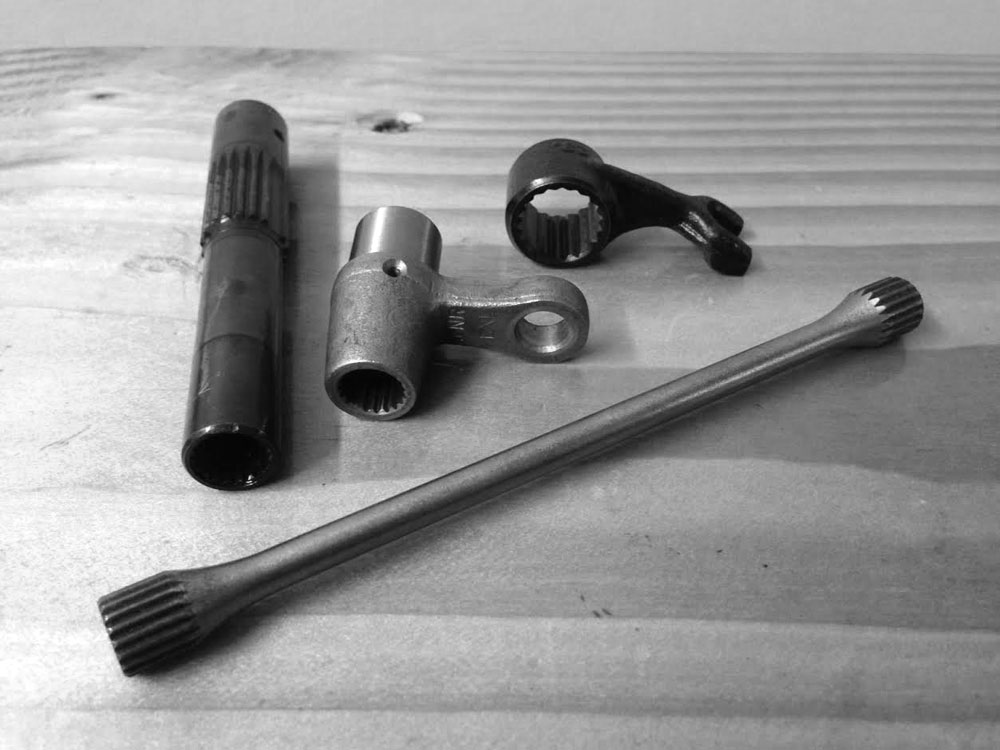For my simple view Hysteresis is when the rebound properties of the spring are different from the bound properites.. Making the spring slighlty unseat at high cycle speed..Tommy Cookers wrote: ↑13 Jan 2018, 12:46'prevent hysteresis' - what nonsense ?!
hysteresis is an inherent characteristic of the material and not something that can be changed by design
metals have little hysteresis and higher strength versions of metals ie spring materials have less than little hysteresis
so the best qualified spring materials via high strength are also the best via low hysteresis
hysteresis can down in the region of ten parts per million and should be close to that in a performance valve spring
ok a race valve spring will be generating thousands of times per second that hysteresis (loss of strain energy) as self-heat
which will certainly need removing by properly designed coolant flow
force measurement in eg wind tunnel tests of race cars or when buying a piece of steak depends on the low hysteresis of metal
the load cells or balances work by measuring the dimensional change in metal with change in load
hysteresis would show as a residual error ie the output not returning to zero when the load is removed
true hysteresis is the residue after unloading and allowing the self-heat to disperse
most load cells are fortunately small enough for natural heat dispersion within the time taken by the calibration procedure
but with large load cells the calibration procedure should allow for this (but probably hasn't)
various behaviours of the strain-sensing side tend to add to an overall measurement 'hysteresis'
regarding eg triple valve springs (or similar doubles) ..... afaik
interference friction develops at incipient surge resonance of main spring(s) and by design this won't be at continuous rpm
I am not a "googly" type of poster.. But i did a sanity check on google amd this is what i got. I don't think i am too far off the mark.
Compression Spring Hysteresis:
The mechanical energy loss that occurs as a result of the spring ends' tendency to rotate when compressed during cyclic loading and unloading.




